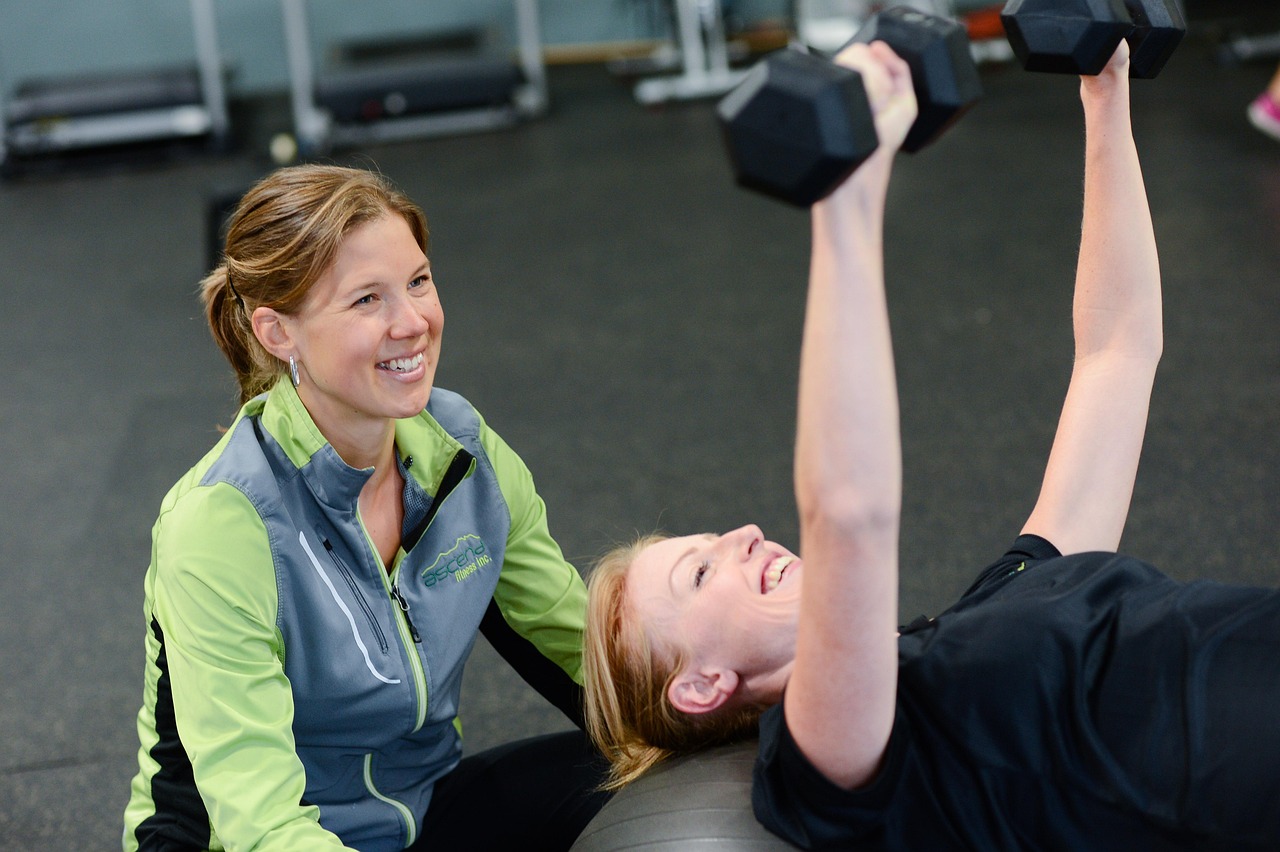You’ve got your favorite workout – maybe it’s running, yoga, or lifting weights. Consistency is great, but relying solely on one type of exercise can sometimes lead to plateaus, overuse injuries, and neglected muscle groups. Enter cross-training: the smart strategy of incorporating different types of workouts into your routine. For women, this holistic approach offers a multitude of benefits, helping you build a stronger, more resilient body.
What is Cross-Training?
Cross-training involves engaging in various forms of exercise that challenge your body in different ways. Instead of just running every day, you might run three times a week, do strength training twice, and practice yoga once. The goal is to improve overall fitness by developing multiple physical attributes (strength, endurance, flexibility, balance) and working different muscle groups.
Why Cross-Training is a Game-Changer for Women
- Injury Prevention:
- Balances Muscle Development: Repetitive movements from a single activity can lead to overuse injuries (e.g., runner’s knee, shoulder impingement). Cross-training strengthens supporting muscles and corrects imbalances, making your body more resilient.
- Reduces Stress on Joints: Varying your activities reduces the consistent impact or strain on the same joints and ligaments.
- Enhanced Overall Fitness:
- Holistic Strength: While running builds endurance, it won’t give you upper body strength. Strength training complements endurance by building muscle, leading to better performance in all activities.
- Improved Flexibility & Mobility: Activities like yoga or Pilates enhance range of motion, which is crucial for preventing injury and improving performance in more dynamic sports.
- Better Balance & Coordination: Many cross-training activities, like Pilates, dance, or martial arts, significantly improve proprioception and balance.
- Breaks Through Plateaus:
- New Stimuli: Your body adapts to consistent stimuli. Introducing new activities shocks your system, prompting new adaptations and pushing you past fitness plateaus.
- Boosts Metabolism: Building muscle through strength training (a common cross-training component) increases your resting metabolism, helping with weight management.
- Increased Enjoyment & Reduced Burnout:
- Variety is the Spice of Life: Doing the same workout day after day can get boring. Cross-training keeps your routine fresh and exciting, making you more likely to stick with it.
- Mental Boost: Trying new activities can be mentally stimulating and reduce the risk of mental fatigue and burnout often associated with repetitive training.
- Better Functional Fitness for Real Life:
- Everyday Strength: Cross-training helps you build a body that’s strong, mobile, and balanced enough to handle daily tasks with ease, whether it’s lifting groceries, playing with kids, or navigating uneven terrain.
Effective Cross-Training Combinations for Women
Consider your primary fitness goal, then integrate activities that complement it.
- For Runners:
- Add: Strength training (focus on glutes, hamstrings, core), yoga/Pilates (flexibility, core stability), swimming or cycling (low-impact cardio).
- For Weightlifters:
- Add: Yoga/Pilates (mobility, core), steady-state cardio (heart health), hiking or dancing (active recovery, different movement patterns).
- For Yoga Practitioners:
- Add: Strength training (bone density, muscle mass), brisk walking/light jogging (cardiovascular health).
- For Busy Women Seeking Overall Health:
- Mix & Match: High-Intensity Interval Training (HIIT) for efficiency, bodyweight strength, brisk walking, dance fitness classes, cycling.
How to Implement Cross-Training into Your Routine
- Assess Your Goals: What do you want to achieve? Better endurance, more strength, improved flexibility, injury prevention?
- Start Small: Don’t overhaul your entire routine at once. Introduce one new activity a week.
- Schedule It: Just like your primary workout, dedicate specific days to cross-training activities.
- Example Schedule:
- Monday: Strength Training
- Tuesday: Run/Cardio
- Wednesday: Yoga/Pilates
- Thursday: Strength Training
- Friday: Run/Cardio
- Saturday: Active Recovery (walk, hike) or new activity
- Sunday: Rest
- Example Schedule:
- Listen to Your Body: Pay attention to how your body responds to new activities. Adjust intensity and duration as needed.
- Prioritize Recovery: With increased variety, ensure you’re still getting adequate sleep, nutrition, and rest days.
Cross-training isn’t about doing everything, but about doing enough of the right things to build a balanced, resilient, and high-performing body. By diversifying your workouts, you’re not just building a stronger physique; you’re cultivating a sustainable, enjoyable, and injury-proof fitness journey, empowering you to live your realest, healthiest life.


